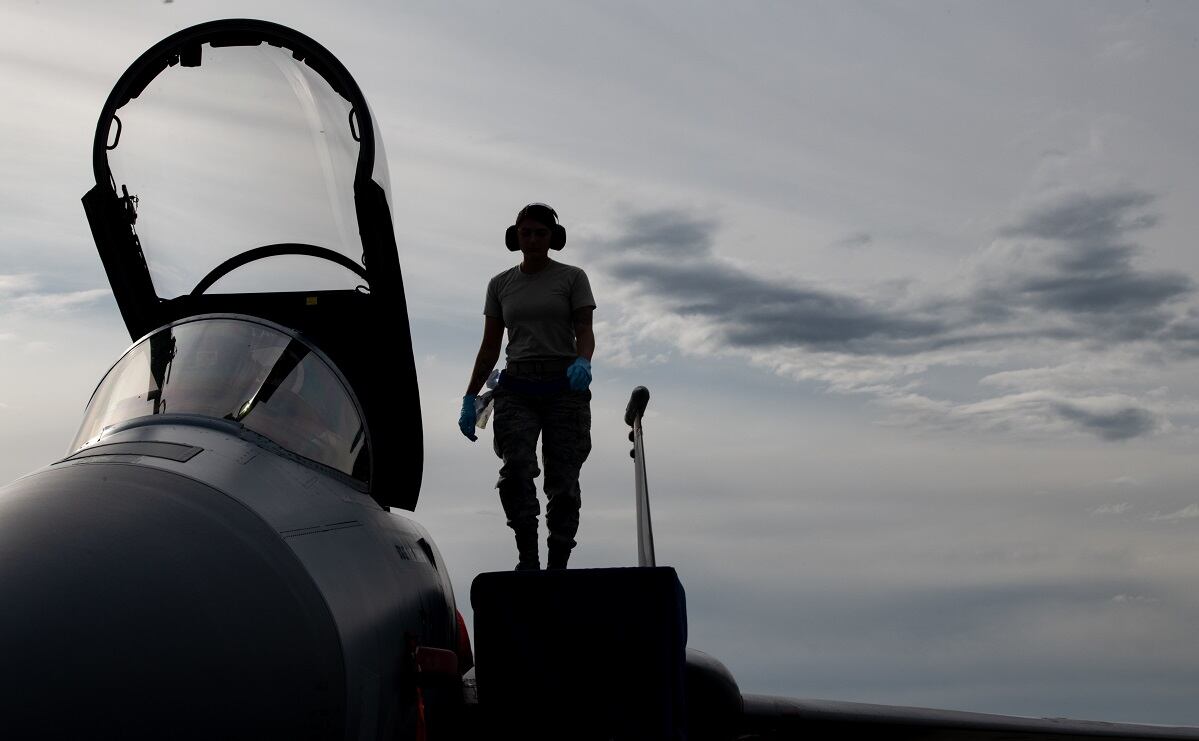Hundreds of airmen have decided to leave the Air Force as part of the service’s effort to rebalance a glut of troops who stayed in longer than expected amid the coronavirus pandemic.
About six months after it announced record retention rates, at least in part spurred by economic uncertainty, the Air Force said Thursday it will end its voluntary force management initiatives May 27.
“We are pleased with the progress made to date,” Lt. Gen. Brian Kelly, deputy chief of staff for manpower, personnel and services, said in a May 13 release. “These voluntary programs helped balance the size of the force while providing flexible options that met some of our [airmen’s] needs and goals.”
In December, Kelly announced that the active-duty Air Force had grown to around 334,600 people, about 900 more than the goal it wanted to hit by September 2021. More people were choosing to remain in the Air Force, across nearly all career fields, than at nearly any other time in the past 20 years, he said.
RELATED

As of April 16, nearly 800 airmen were approved to leave active-duty service through a waiver allowing them to retire by Sept. 1 or to separate by Sept. 29, or through the Palace Chase program, said Air Force spokesperson Capt. Leah Brading. Palace Chase lets active-duty members transfer the remaining time in their military commitment to serve in the Air National Guard or Air Force Reserve — a boon that comes as ANG retention is faltering.
About 575 of those airmen took the early departure waiver, and 215 took part in Palace Chase, since applications opened Jan. 20, Brading said.
The service previously said waiver eligibility would end April 2, and the expanded Palace Chase opportunity would end June 1.
To apply for early departure, airmen must have spent at least 20 years on active duty, the service said. Officers have to spend at least 10 years in active federal military service after commissioning.
Service members who receive service commitment waivers must repay the government for portions of bonuses they haven’t yet earned, special pay, education assistance and other financial incentives, according to the Air Force. Palace Chase participants do not have to pay back unearned bonus money, but the service will recoup education costs once members finishes their time with the Guard or Reserve.
RELATED

Though Kelly said last year the service would invite members to leave overstaffed career fields to bolster those without enough workers and even out the force, the Air Force ultimately decided not to pursue that option. The service also said it planned to cut its enlisted recruitment goal by about 1,800 people to avoid further burdening the system.
“Managing the size and shape of the force is a dynamic process and we are constantly making adjustments to balance mission requirements and fiscal constraints,” Brading said last month. “The department … will continue to monitor the programs to ensure we remain within authorized end-strength levels into FY22.”
Rachel Cohen is the editor of Air Force Times. She joined the publication as its senior reporter in March 2021. Her work has appeared in the Washington Post, the Frederick News-Post (Md.), Air and Space Forces Magazine, Inside Defense, Inside Health Policy and elsewhere.









